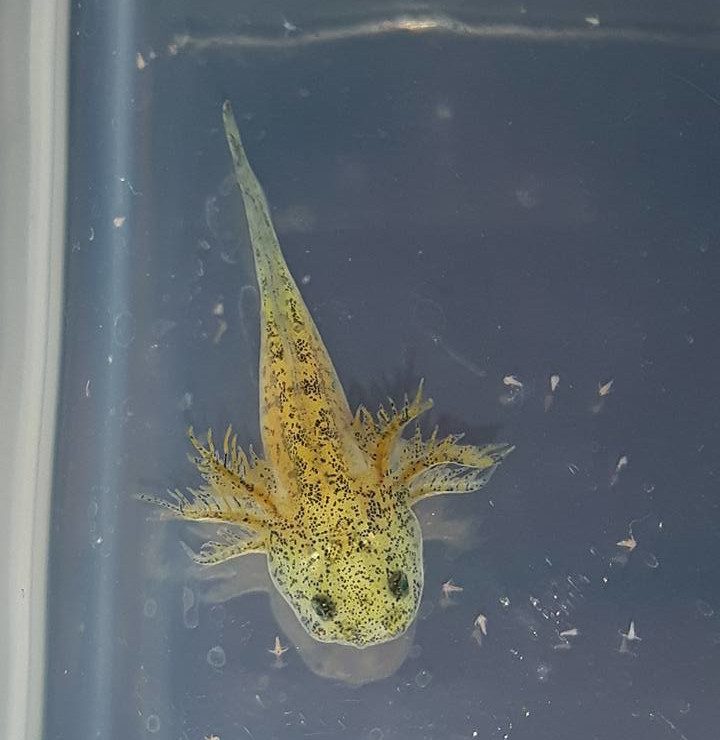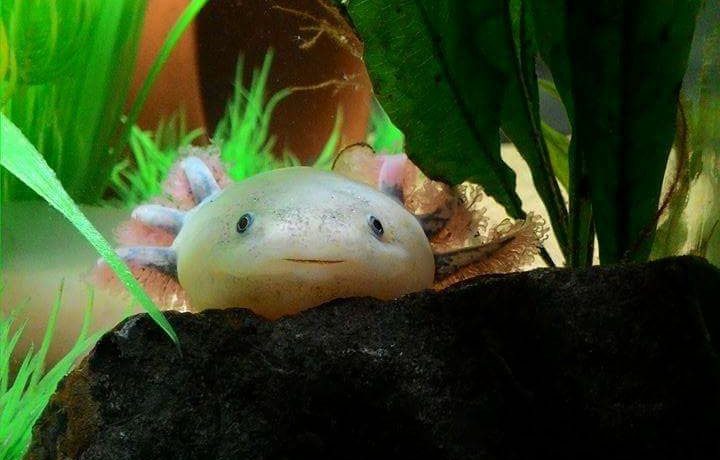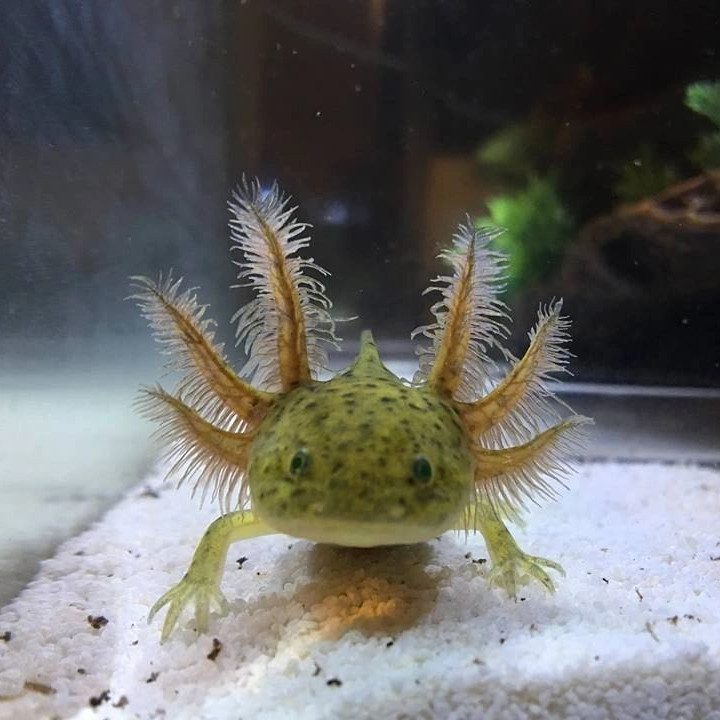How To Care For An Axolotl
Detailed Axolotl Care Sheet

Description:
The Axolotl (Ambystoma mexicanum) is a fascinating and unique type of salamander, notable for its rare trait of retaining its larval features throughout its adult life, a phenomenon known as neoteny. The Axolotl is also commonly known as the Mexican Walking Fish. Axolotls are part of the order Caudata/Urodela. Axolotls are endemic to Mexico, specifically to the lake complex of Xochimilco near Mexico City. They originally lived in two high-altitude lakes, Lake Xochimilco and Lake Chalco, of which only the remnants of Lake Xochimilco remain. Surprisingly the lake is fed by a large glacier thus remaining cool throughout the seasons. Axolotls require cooler water temperatures. Axolotls are critically endangered in the wild, primarily due to habitat destruction, pollution, and the introduction of invasive species. Their wild population has been drastically reduced.; However, there are now millions bred in captivity.
The Axolotl has a significant place in Mexican culture and mythology. Its name comes from Nahuatl (the language of the Aztecs) and is often translated as “water monster. Axolotls are widely used in scientific research due to their ability to regenerate limbs and other body parts, as well as their unique reproductive and developmental biology.
The Axolotl’s life cycle is a rare phenomenon as they live their entire life in the larval stage, yet still, manage to breed. Axolotls are fully aquatic and retain gills throughout their life. Unlike most amphibians, they do not undergo metamorphosis to develop air-breathing lungs. Axolotls reach sexual maturity without undergoing metamorphosis. They reproduce in water, where females lay eggs that are then fertilized externally by males.
In the wild, they feed on small prey, including worms, insects, and small fish. In captivity, they can be fed a variety of diets including specialized salamander pellets, earthworms, and bloodworms.
Morphs (Colorations):
There are several different color variations [morphs] in Axolotls that occur in captivity.
Wild Type: Mottled green with shiny eyes and dark purple gills.
White Albino: White or very light pink with clear pink/red eyes and bright pink or red gills.
Melanoid: Black or dark gray with black eyes and dark gills.
Leucistic: White or pink with dark eyes, bright red/pink gills. May or may not develop freckles.
Golden Albino: Golden or yellow with shiny patches, pink or fire orange eyes, bright red or pink gills.
Copper: Copper or olive with dark eyes, and bright red or pink gills.
Other morphs: Other morphs are considered rare and unique. These morphs consist of Piebald, Golden Non-Albino, and Chimaerism.
GFP: (Green Fluorescent Protein) Is a recessive gene that can be contained in any morph. This means that Axolotls who carry the GFP gene can glow green under black or blue light.

Size:
Axolotls typically grow to about 9-12 inches (23-30 cm) in length. Dwarfs at less than 7 inches.
Life Span:
The life expectancy of an axolotl in captivity typically ranges between 10 to 15 years, although they can sometimes live longer with optimal care
**Very Important**
An aquarium will be required to house an Axolotl, as they are an entirely aquatic species that enjoy heavily vegetated environment with plenty of hiding spaces. Axolotls are quite an active species, so the bigger the aquarium the better. The aquarium required should be at least 10 gallons per adult Axolotl. The aquarium should be fitted with a tight lid, as they are prone to accidently falling out.
Temperature:
The ideal water temperature for your Axolotl is a temperature gradient of 16-20°C (60-68°F). This is generally at room temperature so no additional heating should be required. In most cases, hobbyists experience difficulty keeping their tank cool in the warmer months. Note that a lower temperatures lead to sluggish behavior, slower metabolism, and decreased appetite. Avoid temperatures above 24°C (75°F), as warmer water can stress them and lead to health issues. Such temperatures can cause the metabolism to increase and consequently, an increase in appetite. Exposure to these temperatures for more than a few days will quickly lead to disease and possibly death.

Diet:
Axolotls are carnivores that should be fed every 2-3 days. They have "teeth" designed for gripping rather than biting and tearing. Due to this, their food is typically swallowed whole. Axolotls should be fed a variety of different foods. Some examples of appropriate food to feed your Axolotls are bloodworms (for baby Axolotls), earthworms, blackworms, white worms, and carnivore/ Axolotl pellets. You should feed them as much as they can comfortably eat within 10 minutes or so. We feed our juvenile axolotl's bloodworms and carnivore pellets. Once adults we feed a mix of Axolotl pelelts and earthworms.
Sexual Maturity:
Axolotls can reach sexual maturity anywhere between 5 months and a few years; it all depends on the frequency/quality of food and the water temperatures and conditions. One sign to tell if your axolotl is sexually mature is the darker tips of the toes. Some ways of determining the sex of your axolotl are as follows: Mature females tend to have very rounded bodies. A sexually mature male cloacal region (private part area), is larger than that of a female. Males also typically have longer bodies and tails in comparison to females.

Stress:
To tell if your Axolotl is stressed, take a look at their gills. If they are flipped forward – they are most likely stressed. This is the most evident way to tell. If they seem normal - they are most likely fine. Prolonged stress exposure can succumb to the Axolotl to disease and eventually death.
Cooling:
If cooling your tank in the warmer months is an issue, move your tank to a lower level of your home (if possible). If temperatures are still too high, point a fan at your tank and be sure to have a mesh lid rather than an aquarium hood with light. The mesh allows more air to circulate leaving the tank cooler.
Check out AxolotlCity.com and our Axolotl Blog for more articles!

